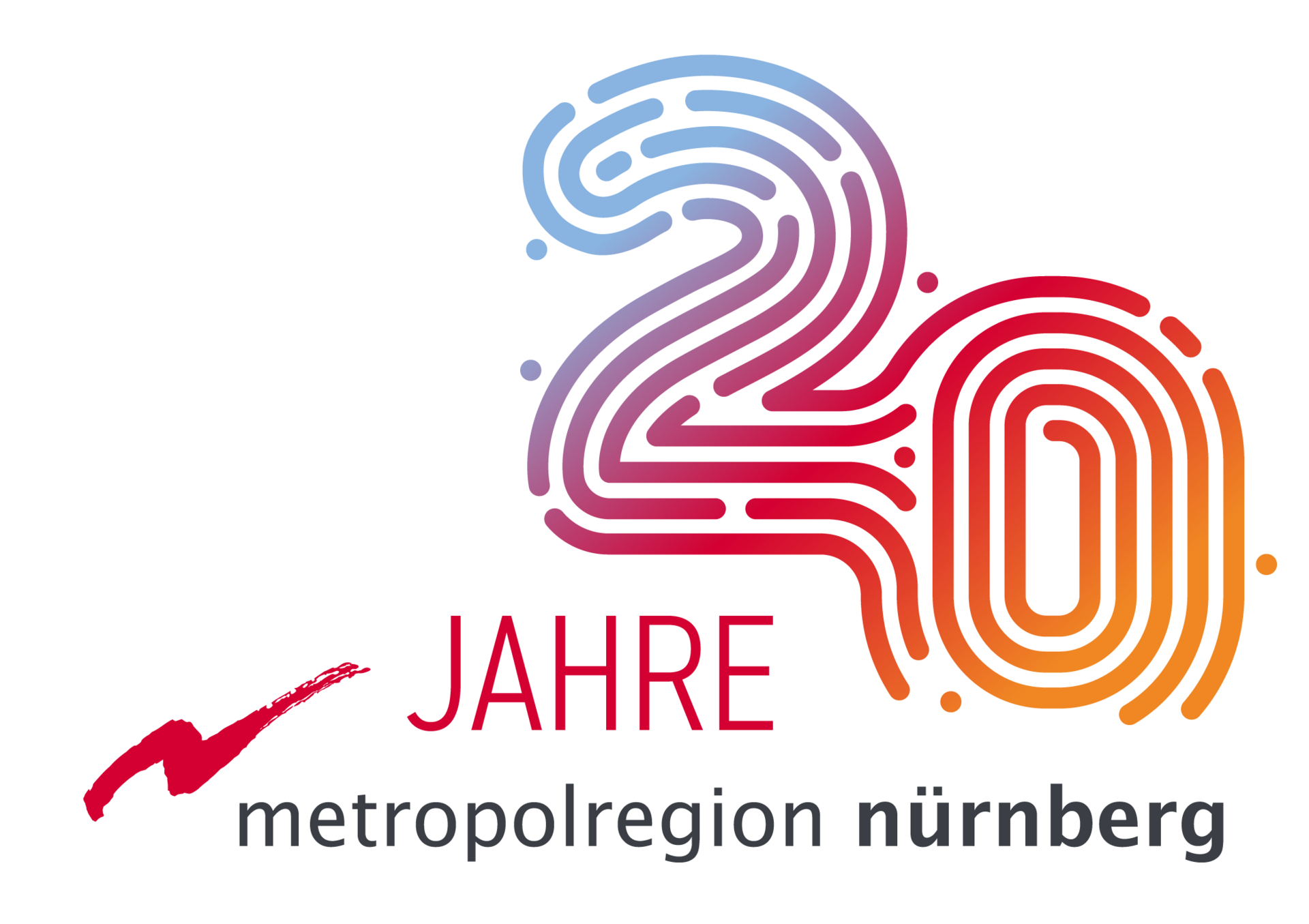The Perfect Match – (U)WBG Semiconductors and Information Technology are Revolutionizing Power Electronics
Wide-bandgap (WBG) semiconductor technology and artificial intelligence together are revolutionizing power electronics.
A new class of intelligent power electronic systems is unlocking new performance and application areas. The high demands of system development impact the entire power electronics value chain. Specifically, this applies to semiconductor materials and devices as well as packaging and module technology. Extreme operating and environmental conditions demand maximum reliability and ultra-high performance. At PCIM Europe 2024, Fraunhofer IISB, Fraunhofer ISIT and Fraunhofer IMS together present the entire value chain for next-generation power electronics.
All-electric Society
In power electronics, a fundamental change is happening. Two very dynamic sectors are currently automotive electronics and energy technology. In both application areas, there is a race for ever more efficient, high-performance and cost-effective power electronics systems. On top of this, there are increased requirements in terms of the reliability and service life of the electronic parts and components.
The main purpose of power electronics is the conversion and distribution of electrical energy using electronic switches between different sources, energy storages and loads that are electrically linked to each other. Power electronics fulfill these functions both in stationary applications, such as integrating renewable energy sources into the power grid, and more and more in mobile applications, like in battery electric vehicles. The central and crucial components here are the electrical converters, which can be used, for example, as chargers, voltage converters or drive inverters.
Faster - Stronger - Higher
With drive outputs of up to 1000 kW and ranges of over 1000 km, electric powertrains for electric cars have reached a new level. The electric converters are operating in the megawatt class. As a result, vehicle electronics are advancing vehemently into the area of larger drives and opening up further interesting fields of application. Outstanding examples are the emerging electrification in ships and aviation.
Hybridization, i.e., the combination of combustion engines or jet propulsion systems with fuel cell technology and battery storage, promises enormous savings in terms of fuel consumption and emissions. Alongside batteries, hydrogen is becoming an interesting energy carrier. The hydrogen technology in turn opens up its own technological possibilities, such as the design of cryogenic converters or the use of superconducting cables and motor windings. However, classic silicon components have reached their physical limits and the use of wide-bandgap semiconductors such as silicon carbide or gallium nitride is a necessity.
Taking off with WBG
WBG-based power devices offer low on-state losses, enable higher switching frequencies and can handle high currents at high operating voltages. They provide superior thermal properties and are suitable for operation in a wide temperature range. Customized device and process technologies, such as VDMOS, pave the way to fully exploit the potential of WBG semiconductors for power electronics.
In terms of industrial application, SiC (silicon carbide) and GaN (gallium nitride) semiconductor technologies have gained significant impact on the market. However, there are still unlocked advantages at system level in terms of cost, efficiency, and construction volume. Current research activities are focused on an in-depth understanding of device characteristics and materials properties, not only on device level.
In the development of WBG-capable modules, especially GaN and SiC power modules, various technical challenges remain to be investigated. So, to realize highest efficiency power electronic conversion with fast switching, parasitic effects have to be minimized. In this context, the spatial and functional integra-tion of the semiconductor switches with the driver control is crucial.
New challenges for WBG power modules come from extreme temperatures like cryogenic as well as high-temperature applications with appropriate adaptations to the packaging technology. Accordingly extended qualification measures and test procedures are required, that take novel failure mechanism into account. With special environmental and operational conditions, aviation is one of the hardest areas to conquer. Reliability is the key here, as failure rates must be precicely identified and extremely low. And all this with an outstanding power-to-weight ratio.
Power Meets Intelligence
Another trend in system development is apparent: the progressive integration of information and commu-nication technology.
On-board power grids for aircrafts and vessels are comparable with the local power grid of a small town in terms of their complexity and dimensions. The grids connect many distributed sources and loads via long cables and transfer high power simultaneously. As a result, the focus is shifting to grid stability and droop control, i.e., the control and synchronization of generators and converters. Additional functions for monitoring, management and communication, as well as intelligent capabilites need to be implemented in the grids: On-board grids are evolving into smart grids. In stationary grid technology, especially in smart grids or local DC grids, as well as in battery systems for battery management, this transformation has been visible for a while now.
The fusion with data processing requires an increasing integration of digital technology components. Microcontrollers and system on chips have long been used in drivers and control circuits for electronic power switches. Approaches from classic signal processing are also being applied, e.g., for forming the alternating current waveform to save space and material-intensive passive filter components. This is also exemplified by modular multi-level converters, which consist of a large number of freely configurable inverter cells and can be used to cover a very wide range of applications and performance.
The Perfect Match
A new class of intelligent power electronics with additional AI functionality, the so-called cognitive power electronics, is currently being developed further. These "perceptive systems" are equipped with sensors to detect various physical parameters and embedded electronics to record and analyze data in real time. Electric drives thereby become integrated intelligent systems that know about their present operating status. Based on methods of machine learning, cognitive power electronic systems can make predictions and react autonomously to internal and external influences and events.
The high demands imposed by system developers affect all stages of the power electronics value chain. It is already apparent today that the demanded performance characteristics of the new type of power electronics can no longer be achieved with the existing semiconductor devices and system features. Power semiconductors based on ultra-wide bandgap materials and other innovative devices, such as integrated snubbers or active circuit breakers, are in the pipeline. Accompanying, the transition towards an all-electric society pushes the power electronic systems development to new performance levels.
The integrated power electronic system - the symbiosis of innovative power semiconductor technologies, microelectronics and artificial intelligence - is becoming a reality.
PCIM Europe 2024 Nuremberg - Excelling in Power Electronics
At this year's leading trade fair for power electronics in Europe - PCIM Europe 2024 in Nuremberg - three Fraunhofer Institutes are teaming up at their joint booth no. 6-368. From June 11 to 13, 2024, the Fraunhofer IISB, Fraunhofer ISIT and Fraunhofer IMS together present the entire value chain for next-generation power electronics.
Visitors can expect exhibits on topics ranging from wide-bandgap and ultra-wide-bandgap semiconductors, (U)WBG-ready packaging and module technology, cryogenic to high-temperature, integrated passives, active fuse components, advanced sensor technology, MEMS integration, ultra-compact power converters and modular multi-level converters to electric powertrains for large-scale drives.
PowerCare - Cognitive Power Electronics with Integrated Failure Protection
The centerpiece of the joint booth and overlap of the expertise of the three partner institutes is the exhibition area for project PowerCare. PowerCare uses a new monitoring concept in the form of a miniaturized motor controller with integrated real-time failure prediction (edge AI) to detect upcoming maintenance needs in advance. This is laying the foundation for a new evolutionary stage of intelligent power modules. Simultaneously, the switch to vertical GaN MOSFETs allows for unrivaled power densities and ruggedness.
Within the project, Fraunhofer ISIT works on novel, vertical GaN trench MOSFETs and their behavioral models. Fraunhofer IMS contributes embedded AI models integrated in a PWM controller for failure prediction of electric motors and GaN power semiconductors. Fraunhofer IISB demonstrates GaN MOSFETs and an in-telligent motor control with AI-based condition monitoring of the electric drive. For a market-oriented development of cognitive power electronics, the project partners Siemens AG, X-FAB Dresden GmbH & Co. KG, NXP® Semiconductors Germany GmbH, and TU Dortmund University provide support and valuable practical feedback.



